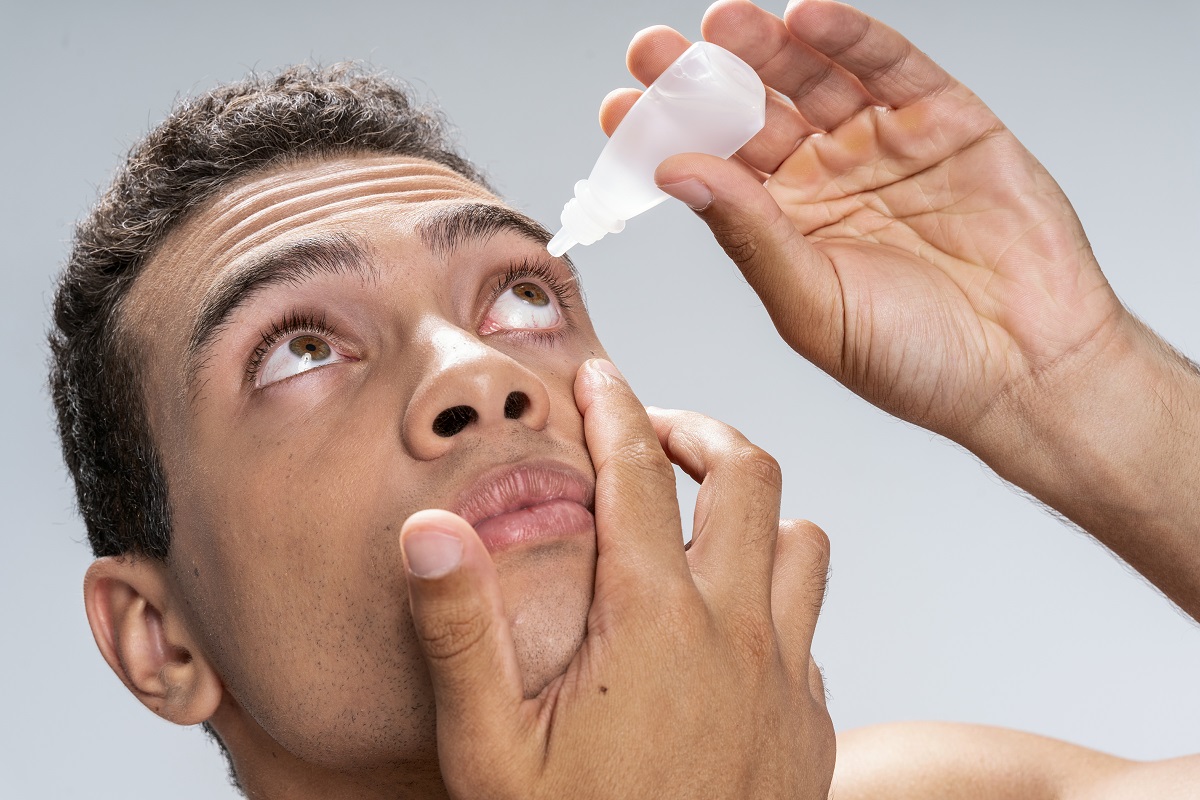There are different retinal diseases and most of them provoke visual symptoms. These conditions can impact any retina part. The retina is a thin layer of tissue inside of the eye. Moreover, it contains millions of cells (light-sensitive) known as rods and cones and nerves that transmit visual information to the brain. In other words, nerves are responsible for sending information to the brain through the optic nerve, which allows you to see.
Unfortunately, there is no way to treat some of the retinal diseases. It depends on the severity and type of the retinal disease. Treatments usually help to improve or restore vision and slow down vision loss. If you ignore these eye conditions, it may lead to severe vision loss or even blindness.
Retinal Diseases Types
Check below the most common retinal diseases:
- Retinal tear – This condition occurs when vitreous (a gel-like substance located in the center of the eye) tugs and shrinks on the retina. Therefore, a tear in the retinal tissue happens. The symptoms usually appear suddenly in people with a retinal tear. These include floaters and flashing lights.
- Retinal detachment – Those who suffer from this condition have fluid under the retina. It usually appears when fluid goes through a retinal tear, which provokes retinal movement away from underlying tissue layers.
- Diabetic retinopathy – This type of retinal disease often is diagnosed in people with diabetes. It provokes small blood vessels in the back of the eye to leak into and under the retina. As a result, a person may experience swelling of the retina, which leads to blurred or distorted vision.
- Epiretinal membrane – This is a scar-like tissue that appears on the top of the retina. It usually provokes membranes to go up on the retina, which leads to certain visual symptoms. These include blurred vision, objects that appear crooked, and others.
- Macular hole – This condition involves a defect in the retina center (macular hole). It commonly appears due to traction between the vitreous and retina or an eye injury.
- Macular degeneration – In people with this retinal disease type, the retina center starts to deteriorate provoking visual symptoms. For example blurred central vision, blind spots in the center of the visual field, and others. This condition also divides into two types including macular degeneration and dry macular degeneration.
- Retinitis pigmentosa – This is an inherited and progressive retinal disease that impacts the retina and leads to loss of night and side vision.
Symptoms
Approximately all retinal diseases have similar symptoms. Check below some of them:
- Vision loss
- Side vision problems
- Distorted or blurred vision
- Those who suffer from retinal diseases can also see floating specks or cobwebs
It is advised to seek medical attention immediately if sudden floaters, flashes, or decreased vision occur.
Risk Factors
The following factors could elevate your risk of developing retinal diseases. Check below some examples:
Diagnosis
Ophthalmologists usually diagnose retinal diseases by performing eye examinations to check for abnormalities in the eye. Moreover, physicians can also perform some additional tests to determine the exact location of the condition. Examples include:
- Amsler grid test – This test helps the ophthalmologist determine your central vision clarity. Depending on the test outcomes, doctors can evaluate retinal damage.
- Optical coherence tomography (OCT) – This test helps doctors diagnose macular swelling (edema), macular holes, and epiretinal membranes.
- Fundus autofluorescence (FAF) – This test helps to determine the stage of the disease.
- Fluorescein angiography – This test involves a dye that helps your doctor determine clogged blood vessels, leaking blood vessels, abnormal blood vessels, and other changes in the back of the eye.
- Indocyanine green angiography – This is a test that helps to make detailed images of the retinal blood vessels.
- Ultrasound – A test that uses sound waves also to make images of the eye structures (including the retina). It helps to identify tumors and other eye problems.
- CT and MRI – These tests are used quite rarely in the retinal disease diagnosis. Mostly is used when your doctor suspects you have an eye tumor or injury.
Treatment
Usually, the treatment goal is to reduce the progression of the disease and improve vision. Early diagnosis and treatment can prevent permanent damage to the retina. Otherwise, you may experience retinal damage that cannot be reversed. Check below some treatment options:
- Freezing – During this procedure, the surgeon will apply a freezing probe to the outside eye wall. This treatment option is also known as cryopexy and it is mostly used to treat the retinal tear.
- Shrinking irregular blood vessels – This procedure is called scatter laser photocoagulation and it helps to shrink abnormal blood vessels and reduce bleeding into the eye. People with diabetic retinopathy often receive this treatment option.
- Laser – This is a surgery that involves a laser that helps to repair retinal holes and tears. In case you get this treatment as soon as possible, it may also help to prevent a retinal detachment.
- Eye injections – This procedure involves injecting gas or air into the eye. Therefore, it helps to treat retinal detachment. In most cases, doctors prescribe this treatment option along with cryopexy or laser photocoagulation.
- Scleral buckling – This surgery is used to treat a retinal detachment. It involves small pieces of silicon that the surgeon sews outside the eye surface (sclera).
- Vitrectomy – During this procedure, the surgeon will remove the vitreous (fluid that fills the eyeball). Then, you will receive an injection of gas or air that will fill up that space in the eye. However, this treatment option is used rarely but can be used in the treatment of eye infections, a retinal tear, eye trauma, retinal detachment, macular holes, and other retinal diseases.
- Injecting medication into the eye – Sometimes, physicians may recommend injecting medicine into the eye’s vitreous. Usually, this treatment is quite effective in people with diabetic retinopathy, macular degeneration, and others.
- Retinal prosthesis – This surgery is commonly used when people experience severe loss of vision or blindness with an inherited retinal condition. It involves a small electrode that is implanted in the retina. It helps send visual information that the damaged retina can no longer process.
Frequently Asked Questions
What are the retinal disease types?
Healthcare providers usually diagnose the following retinal disease types. In other words, the eye problems listed below are the most common retinal conditions and diseases. Examples include:
- Retinal vein occlusion
- Nystagmus
- Degenerative myopia
- Macular edema
- Retinoblastoma
- Central serous chorioretinopathy
- Macular hole
- Retinitis pigmentosa
- Diabetic retinopathy
- Macular degeneration
- Stargardt disease
- Retinal detachment
- Macular pucker
- Leber congenital amaurosis
- Cataract
- X-linked retinoschisis
What are the possible retinal disease complications?
The most common complications that occur in people with retinal diseases are significant vision loss or even blindness. However, early diagnosis and treatment can help to prevent permanent damage to the retina.
What are the main retinal disease symptoms?
- Eye floaters and flashes
- Altered or blurred vision
- Blind spots in the central or peripheral vision
If you experience any of them, you should immediately visit a doctor. Ask your healthcare professional if you have additional questions.




